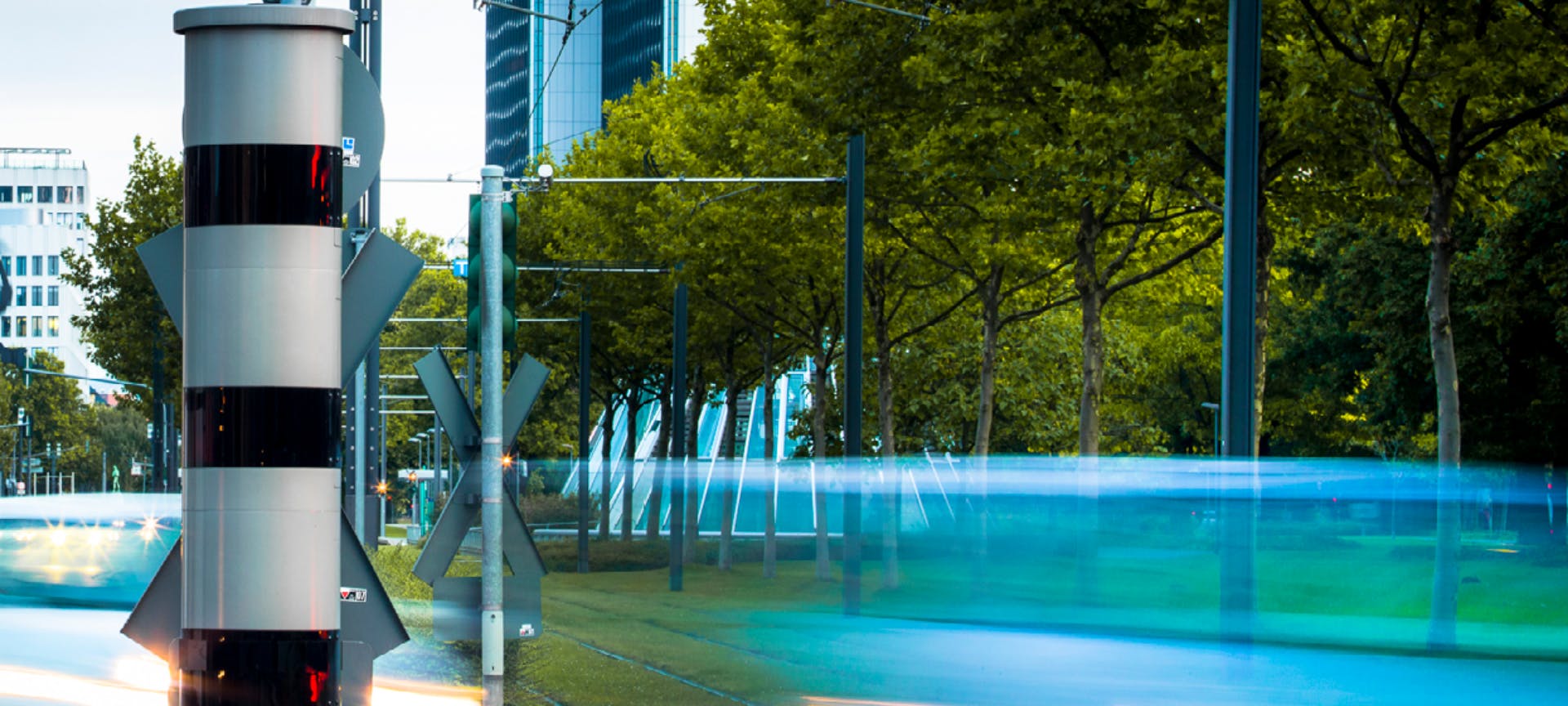

Case Study Traffic Enforcement in Estonia
VITRONIC and the Estonian Road Administration deploy POLISCAN remote speed enforcement to decrease road accidents and fatalities
Achievements
-
Features cutting-edge scanning LiDAR technology for safer roads
-
Captures a higher volume of traffic offenses
-
Automatically detects all vehicles across all lanes
-
Prevents quality control problems due to weather or heavy traffic
The Situation:
Seeking an efficient and accurate traffic enforcement solution in Estonia
When Estonia gained independence in 1990, it experienced a significant rise in traffic volume. With this came a sharp increase in traffic accidents and road fatalities. In the summer months, the Estonian Road Administration (ERA) began to report up to 10,000 fines per day.
Estonia set out to address this national – and global – problem. Around the world, red light violations, speeding, and driving in lanes reserved for cyclists or pedestrians present serious safety hazards. About 1.2 million people are killed in transport accidents each year – mostly in road traffic accidents.
This figure represents almost as many people as the Estonian population. In Estonia specifically, between 1992 and 2012, the nation recorded a total of 36,307 traffic accidents with casualties; a total of 45,589 people were injured during this period, and 4,341 people were killed.
The ERA knew it had to do something, including in remote areas that proved more difficult to monitor. A cost-effective, easily-implementable solution was essential.
- 10thousand fines per day in the Estonian summer months
The Client:
Estonian Road Administration
The ERA is a government agency operating within the Ministry of Economic Affairs and Communications in the Republic of Estonia.
Tasked with the implementation of state policy and development, management responsibilities, and the supervision and enforcement of traffic safety, roads, and other related fields, the ERA works based on the regulations of Estonia and the recommendations of the European Union. Organizing roads and traffic enforcement to increase safety has consistently been a top priority.

We needed a system that would allow us to detect different speeds for cars and trucks. Compared to radar systems, the POLISCAN system is also very accurate, and it reliably determines the vehicle violating the speed limit even when there are two or more cars in the photo.
The Solution
POLISCAN speed enforcement system tailored to meet any requirements
Historically, speed enforcement solutions rely on expensive radar-based systems. The lidar-based solution of VITRONIC ensures precise speed measurement and automatically captures all vehicles in all lanes.
- Laser-based Light Detection and Ranging (scanning LiDAR) technology features the simultaneous monitoring of traffic flowing in two directions.
- In addition to speed enforcement, POLISCAN systems can monitor red light violations and the unauthorized use of individual lanes.
- The capture rate and number of valid cases is high even in heavy traffic conditions.
- The flexible system can be changed seamlessly between different housings.
- POLISCAN offers protection against vandalism and heavy snowfall by an installation at a height of up to 3 meters.
- The integrated software solution features an automated and accurate fining process.
Implementation:
VITRONIC partners with the ERA to increase traffic safety
In an international tender in 2008, the Estonian Road Admin chose the laser-based POLISCAN speed system from VITRONIC. Initially, 16 POLISCAN systems were installed on the main route between Tallinn and Tartu. By the end of 2015, the ERA had installed and begun to operate 34 POLISCAN speed cameras across the country. New locations are selected on the basis of road accident statistics. All POLISCAN systems in Estonia are installed and maintained by the distribution partner Alarmtec.
The POLISCAN system calculates the perfect camera trigger point based on the traffic scenario – assigning offenses to the correct vehicles by placing an evaluation frame around the plate. This guarantees viable evidence of offences. All violations are transferred wirelessly to the police force’s processing center; an automatic database query helps to identify the vehicle owner. From there, fine notices are issued within five business days.
- 34POLISCAN speed cameras around the country

The system is working, and very little human intervention is needed as the process is largely automated – it’s a fast and efficient solution.
The Impact:
Safer roads throughout Estonia
VITRONIC’s partnership with the ERA has made Estonian roads a safer place. More than 260,000 fines were issued between 2008 and 2015 alone, and the number of road fatalities dropped by a round 20 % during this same period.
The system has already convinced us that we made the right choice. At the locations where we installed the speed cameras, the number of speed violations has declined significantly. We can now say we have speed under control.
Your Benefits with POLISCAN Speed Enforcement
-
Capture significantly more speed offenses, even in dense traffic
-
Combinable with red light enforcement
-
Flexible platform-based system which is used for both fixed, mobile and semi-fixed enforcement
-
Legal compliance and data protection


